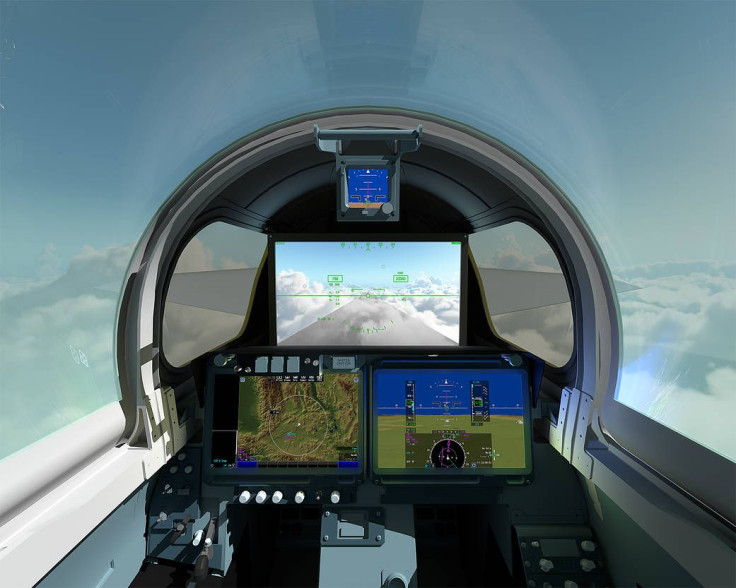NASA Develops New Supersonic Plane That Flies Faster Than Speed Of Sound Without Sonic Booms

NASA is currently working with defense contractor Lockheed Martin in developing a supersonic plane that’s capable of flying faster than the speed of sound. But, unlike other supersonic jets, NASA’s new plane will not produce sonic booms.
The space agency’s latest project is known as the X-59 Quiet SuperSonic Technology or QueSST. According to NASA, once completely built, the X-59 will serve as an experimental piloted aircraft that’s capable of hitting supersonic speeds.
The aircraft is currently being built and assembled at a factory known as Skunk Works, which is a division of Lockheed Martin. This is the same factory responsible for SR-71 Blackbird, also known as the fastest plane in history.
Mike Buonanno, an aerospace engineer for Lockheed Martin, said that Skunk Works was selected for the X-59 project primarily due to the factory’s experience.
“The purpose of us building the X-59 at the Skunk Works isn’t really for us to pioneer new manufacturing technologies,” he said in a statement. “It’s to use what we know works well to get the airplane built and flying for our customer.”
What flies faster than the speed of sound, but doesn’t produce sonic booms? 🤔The X-59 QueSST. Short for Quiet SuperSonic Technology, our experimental aircraft is currently taking shape on a factory floor & could soon revolutionize supersonic air travel: https://t.co/9ZnRg15OX2 pic.twitter.com/WE0Hk4TEjk
— NASA (@NASA) October 9, 2019
Building the supersonic plane dates back to the 1960s when Europe and the U.S. decided to develop high-speed aircraft for civilian transport. However, due to their supersonic speeds, the aircrafts were flying faster than Mach 1, which is the speed of sound. This led to the aircrafts producing sonic booms.
Eventually, in 1973, the Federal Aviation Administration decided to ban aircraft flying faster than Mach 1 to pass over land. The move was made due to the annoying sound made by sonic booms.
Despite the ban, there is still a call for commercial supersonic air travel. NASA is hoping that it will be able to deliver an airplane capable of hitting supersonic speeds without producing sonic booms. For the agency, the X-59 could serve as the defining step for the new generation of air travel.
Currently, the parts of the X-59 are still on the floor of the Skunk Works factory, waiting to be assembled. Both NASA and Lockheed Martin’s engineers are hoping that the airplane will be completed within a year from now. Once fully assembled, the X-59 will undergo various tests including flight trials.
© Copyright IBTimes 2024. All rights reserved.





















